When it comes to the animal kingdom, danger doesn’t always roar or flash its teeth—it can lurk in the most unexpected places. From stealthy predators to deceptively gentle giants, these creatures remind us that nature has its own rules, and humans are often not at the top of the hierarchy. Whether it’s an apex predator in the wild or an animal you might encounter during your travels, understanding their behaviors and respecting their space can mean the difference between admiration and confrontation.
1. Lions: King Of The Jungle, And Sometimes Us
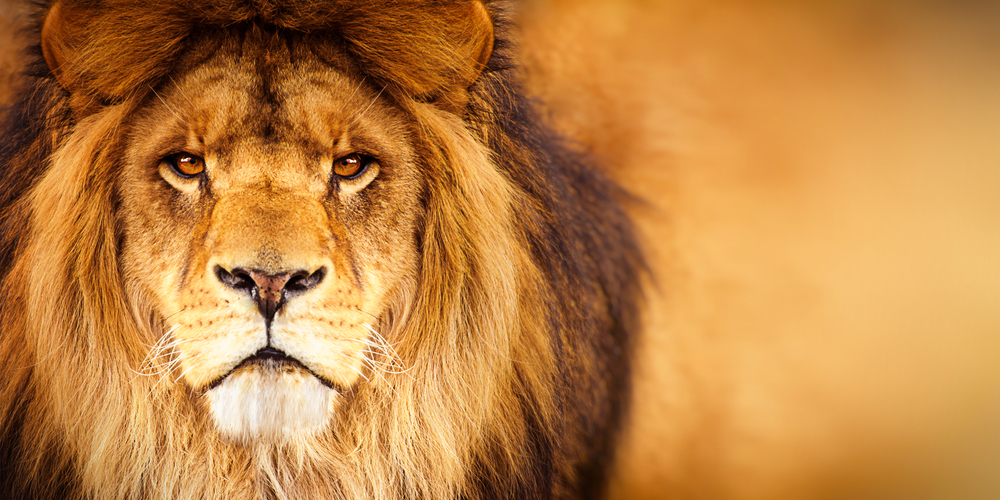
Lions have long been known as the rulers of the jungle, but sometimes they stray into territories where humans reside. These majestic beasts typically hunt in packs and are incredibly strategic, which is why they’re so successful in the wild. Unfortunately, when food is scarce, or if they feel threatened, humans can occasionally become targets. The Smithsonian recounts the infamous case of the Tsavo man-eaters, which devoured dozens of railway workers in Kenya during the late 19th century, is a chilling reminder of how formidable these predators can be. It’s not that they have a particular taste for humans; it’s just that we, much like any other creature, are seen as a potential source of nourishment in dire circumstances.
When encountering a lion on foot, the best strategy is to avoid confrontation altogether. Lions tend to be more active during dawn and dusk, so being vigilant during these times is crucial. If a lion is spotted, maintaining eye contact and appearing larger by raising arms or opening a jacket can be deterrents. However, turning your back or running can trigger their natural predatory instincts. Researchers continue to study these behaviors to help mitigate human-lion conflicts, especially in regions where communities live close to wildlife reserves. The balance between respecting their territory and ensuring human safety is a delicate one.
2. Tigers: Stripes With A Side Of Fierce
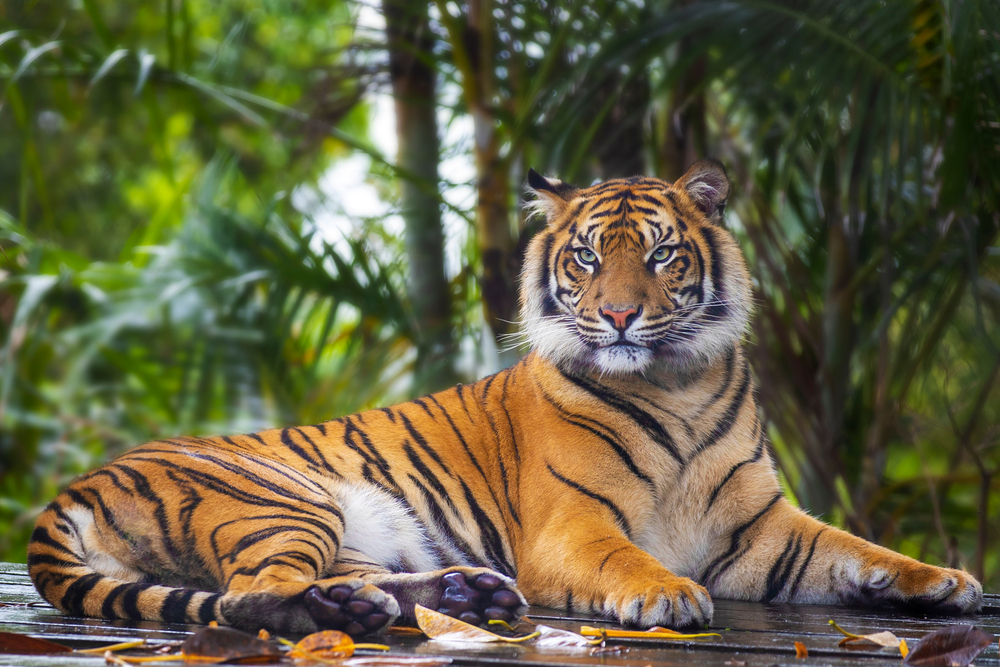
Tigers, with their striking stripes and powerful presence, are a force to be reckoned with in the wild. These solitary hunters are mostly found in parts of Asia and are known for their stealth and strength. While they generally prefer wild prey, deforestation and encroachment on their habitats can lead to unfortunate human-tiger encounters. According to World Atlas, the Sundarbans, a mangrove area in India and Bangladesh, is particularly known for its man-eating tigers. It’s believed that the scarcity of natural prey, coupled with the challenging terrain, leads tigers to occasionally hunt humans.
In areas where tiger attacks are more common, locals have developed various strategies to protect themselves. Wearing masks on the back of their heads is one method used, as it confuses tigers who prefer to attack from behind. Conservation efforts focus not just on protecting tiger populations but also on creating awareness and safety measures for the humans living near these majestic creatures. It’s a complex relationship, as tigers are crucial to the ecosystem but also a potential threat. The challenge lies in ensuring their survival while also safeguarding human communities.
3. Bears: Not Just After Your Picnic Basket
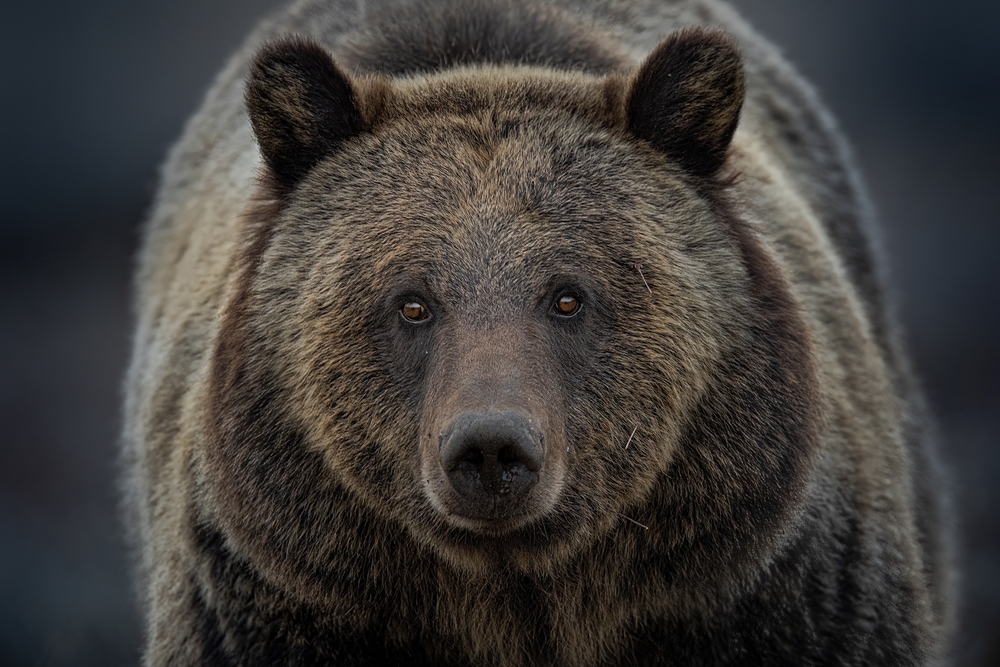
Bears are often depicted as cuddly creatures in cartoons, but in reality, they are powerful animals with the potential to hunt humans. Grizzly and polar bears, in particular, are known for their size and strength, making them formidable opponents in the wrong circumstances. While bears generally do not see humans as prey, they might attack if they feel threatened or if humans come too close to their cubs or food sources. In some cases, food scarcity can drive them to take extraordinary measures, including viewing humans as potential meals.
To stay safe in bear country, it’s advised to make noise while hiking to avoid surprising them. Bear sprays and carrying food in bear-proof containers are standard precautions in areas known for bear activity. Should you encounter a bear, standing your ground and speaking calmly to the animal can sometimes de-escalate the situation. However, playing dead might be necessary if a bear charges, as fighting back is generally not effective. The key is understanding bear behavior and respecting their habitat to minimize the risk of conflict.
4. Crocodiles: Ancient Predators With Modern-Day Appetites

Crocodiles have been around since the time of the dinosaurs, and they haven’t lost their touch as top predators. Found in tropical regions around the world, these reptiles are ambush hunters, lying in wait for unsuspecting prey to come close. Human-crocodile interactions usually occur near bodies of water where people fish, bathe, or collect water. In some regions, crocodile attacks are not uncommon, particularly during the breeding season when they are more aggressive.
For those living in crocodile territory, awareness is the first line of defense. Staying clear of known crocodile habitats, especially during dusk and dawn when they are most active, is crucial. Fencing off areas and using designated safe zones for water activities can significantly reduce the chances of an encounter. Education and community programs are also vital in teaching local populations how to coexist with these ancient creatures. While they are fascinating to observe from a distance, respect and caution are vital when sharing an environment with such powerful predators.
5. Sharks: The Ocean’s Most Misunderstood Hunters

Sharks often get a bad rap, thanks largely to movies like Jaws, but the reality is more nuanced. These apex predators are crucial to marine ecosystems, and while attacks on humans do happen, they are relatively rare. Most shark attacks are cases of mistaken identity; a swimmer or surfer might resemble a seal or other prey from below. However, when these misunderstandings occur, they can be quite serious, as sharks possess an impressive set of teeth designed for hunting.
To minimize the risk of a shark encounter, swimmers are advised to avoid wearing shiny jewelry, swim in groups, and stay close to the shore. Sharks are more active at dawn and dusk, so steering clear of the water during these times is also wise. Many beaches have shark nets or lookout towers to help protect swimmers. Despite their fearsome reputation, most shark species are not interested in humans as food. It’s important to remember that we are visitors in their world, and with a little caution, we can coexist safely.
6. Wolves: Pack Hunters With A Taste For Humans
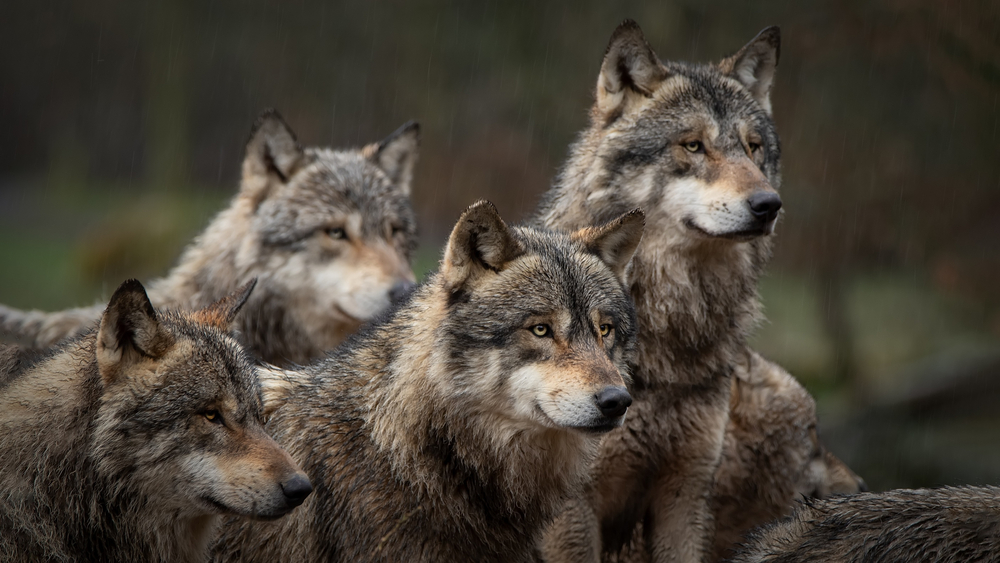
Wolves are often romanticized as lone wanderers or depicted as villains in folklore, but in reality, they are skilled pack hunters with a complex social structure. Human attacks are rare, as wolves generally avoid people. However, there have been instances, especially in historical contexts or during harsh winters, when wolves have targeted humans. Such events are incredibly rare today, thanks to conservation efforts and a better understanding of wolf behavior.
When living in or visiting wolf territory, securing food sources and avoiding leaving scraps that might attract them is essential. Educating local communities about wolf behavior and maintaining a natural balance can help reduce human-wolf conflicts. If you encounter a wolf, making yourself appear larger and making noise can deter them. The key is remembering that wolves are vital to their ecosystems and that respect for their space can go a long way in fostering coexistence. Like many wild animals, wolves are more often afraid of us than we are of them.
7. Leopards: Stealthy Stalkers Who Occasionally Stalk Us
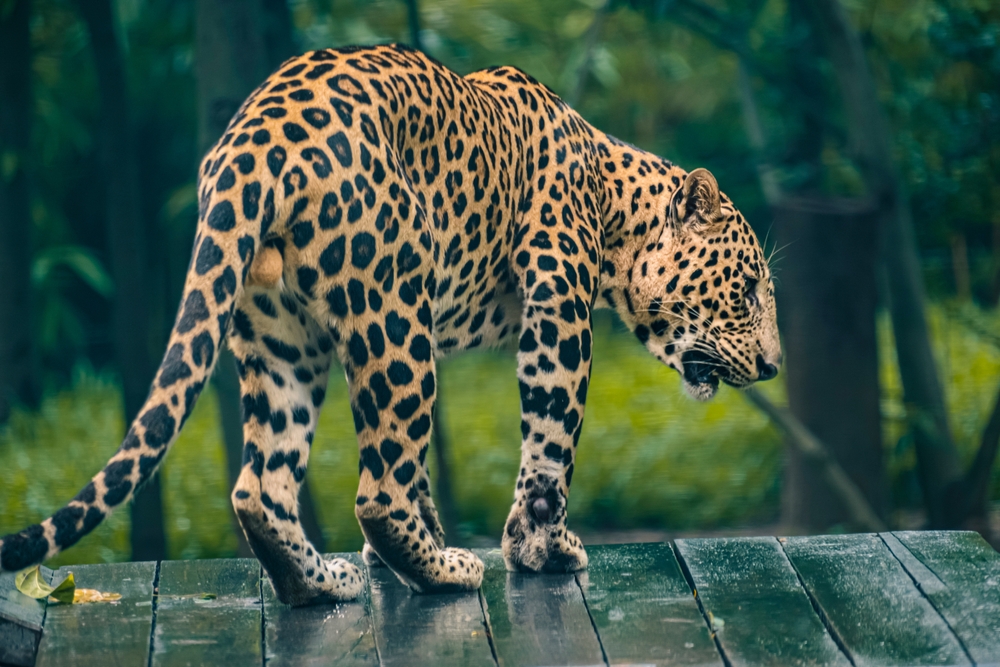
Leopards are known for their agility and stealth, often disappearing into the bush with barely a rustle. These solitary cats are usually nocturnal hunters, with a diet that primarily consists of small to medium-sized animals. However, in regions of India and Africa, leopards have been known to attack humans, particularly in areas where their natural prey is diminished. They are highly adaptable, which sometimes brings them into closer contact with human settlements.
Communities living near leopard habitats use various methods to protect themselves, including better livestock enclosures and lighting to deter nighttime prowlers. Conservationists work to understand the triggers for leopard attacks, aiming to prevent them through education and strategic planning. If one encounters a leopard, the general advice is to avoid making sudden movements and to slowly back away without turning your back. These encounters are rare, and respecting the leopard’s space usually ensures safety for both humans and wildlife.
8. Pythons: Squeezing In On Human Encounters
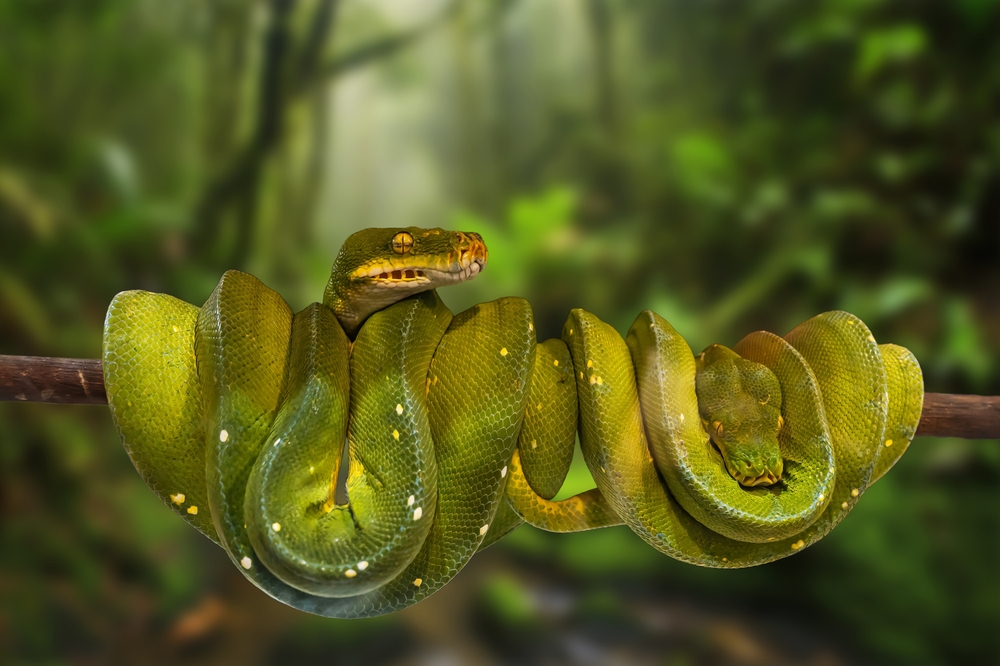
Pythons are constrictors, which means they kill their prey by wrapping around them and squeezing until they suffocate. These snakes can grow to impressive lengths, with some species capable of taking down large animals. Human encounters are rare and often involve the snake mistaking a person for its typical prey. In regions where pythons are prevalent, particularly in parts of Africa and Asia, these encounters can occasionally turn deadly.
People living in snake-prone areas are advised to keep their yards free of debris where snakes might hide and to be cautious at night. Education about python behavior and habitats helps minimize human-snake conflicts. If a python is encountered, it’s best to keep a safe distance and contact wildlife authorities to handle the situation. While these snakes are fascinating creatures, giving them space and respecting their role in the ecosystem is crucial for safety.
9. Hyenas: Not Just Laughing Off Human Prey
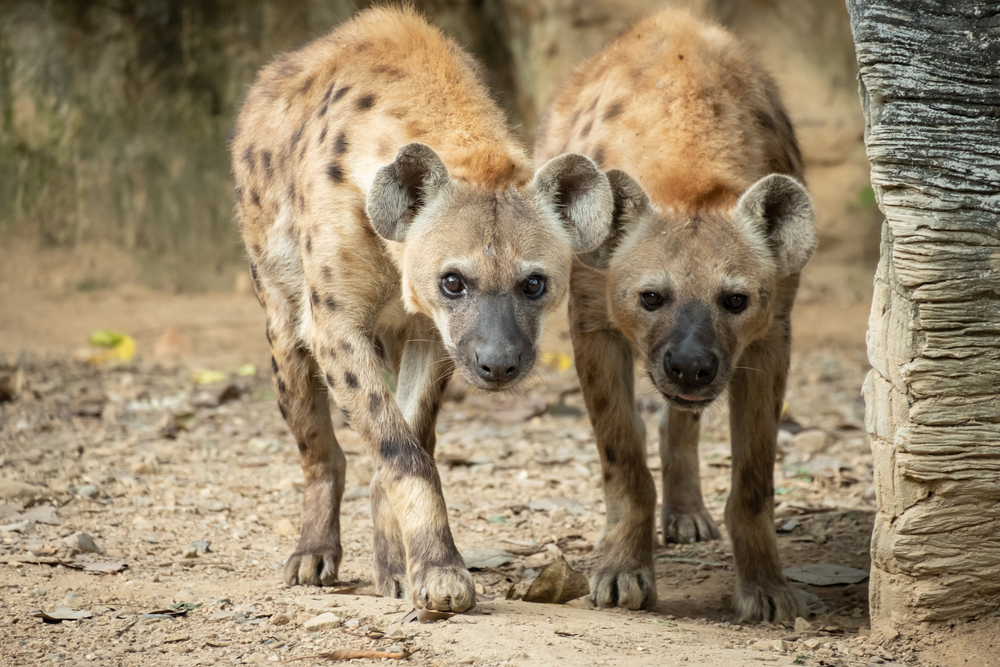
Hyenas often get a bad reputation due to their scavenging habits, but they are skilled hunters in their own right. Human attacks by hyenas are rare but not unheard of, especially in regions where people live close to wildlife. These attacks are more common at night, as hyenas are primarily nocturnal animals. In some parts of Africa, hyenas have been known to attack humans, primarily the young or infirm, during times of food scarcity.
Communities in hyena-prone areas often use thornbush fences and guard dogs to protect themselves and their livestock. Education on hyena behavior and nocturnal habits can help reduce the risk of encounters. If faced with a hyena, making loud noises and appearing larger can sometimes scare them off. While they play an essential role in the ecosystem by cleaning up carrion, respect and caution are necessary when sharing space with these powerful animals.
10. Cougars: Elusive And Occasionally Aggressive
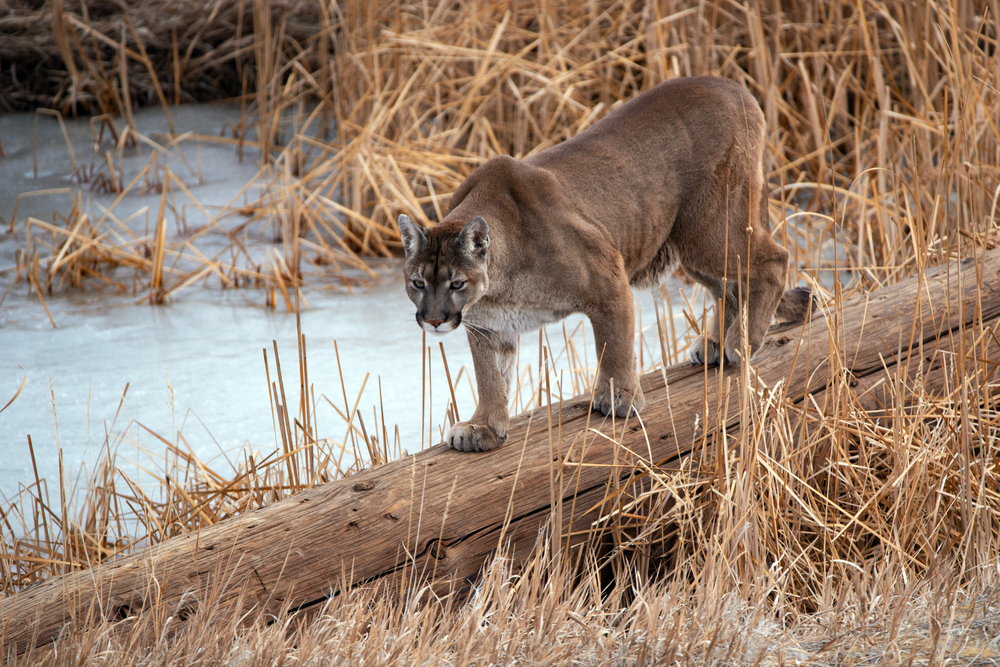
Cougars, also known as mountain lions, are solitary and elusive cats native to the Americas. These predators prefer to hunt deer and other wildlife, but as human development encroaches on their habitat, encounters have become more common. While attacks on humans are rare, they can happen, particularly if a cougar feels cornered or is protecting its young. In regions where cougars are present, sightings are on the rise as both populations and human activities expand into previously uninhabited areas.
For those living or hiking in cougar country, it’s crucial to stay alert and make noise to avoid surprising one. In the rare event of a cougar attack, fighting back with anything available is recommended, as they are more likely to retreat if they perceive a threat. Education about cougar behavior and the importance of securing food sources can help reduce human-cougar conflicts. These majestic animals are a vital part of their ecosystems, and understanding their behavior is key to peaceful coexistence.
11. Komodo Dragons: The Real-Life Dragons With A Bite
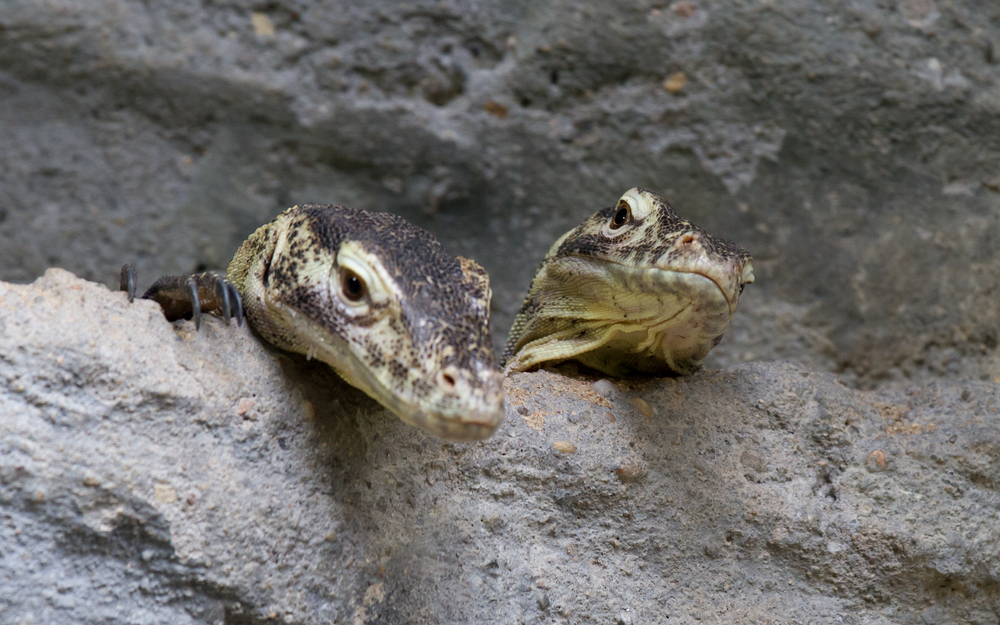
Komodo dragons are the largest lizards on Earth, and their size is matched only by their fearsome reputation. Native to a few Indonesian islands, these reptiles have been known to attack humans, although such incidents are rare. Their powerful jaws and venomous bite make them formidable predators capable of taking down large prey. While they primarily feed on carrion, they are opportunistic hunters and will attack if provoked or if they perceive an easy meal.
For visitors to areas where Komodo dragons are found, following local guides and maintaining a safe distance is crucial. Additionally, not approaching their nests or food sources can minimize the risk of a confrontation. Understanding their behavior and habitat is essential for safety. Conservation efforts focus on protecting these unique creatures while ensuring that humans who live near or visit their habitats are educated and prepared. With respect and caution, encounters with these modern-day dragons can remain rare and awe-inspiring rather than dangerous.
12. Hippos: Unexpectedly Dangerous River Dwellers
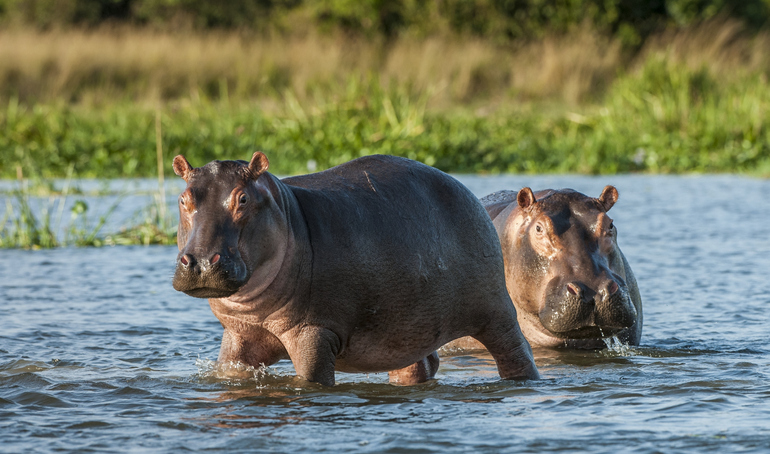
Hippos might look like gentle giants as they wallow in rivers, but they are among the most dangerous animals in Africa. Responsible for more human deaths in Africa than many other wild creatures, hippos are highly territorial and aggressive when provoked. They spend much of their time in water but venture onto land to graze, which can lead to unexpected encounters with humans, particularly in rural areas. Despite their size, hippos can run surprisingly fast, making them a formidable threat if they feel threatened or cornered.
For those living near hippo habitats, maintaining a safe distance from water bodies where hippos reside is crucial. Awareness campaigns and the use of safe pathways can help reduce the risk of human-hippo conflicts. If a hippo is encountered, retreating quietly and avoiding direct confrontation is the best strategy. These animals are essential to their ecosystems, particularly in maintaining healthy riverine environments. By respecting their space and understanding their behaviors, humans can coexist more peacefully with these mighty creatures.
13. Dingoes: Wild Dogs That Are Not Always Man’s Best Friend
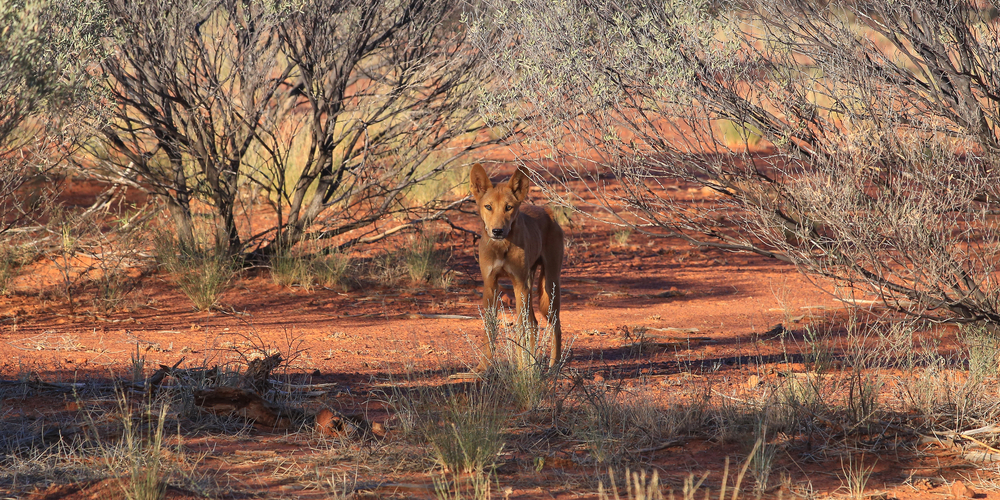
Dingoes, Australia’s wild dogs, are typically shy and avoid human contact, but they can become dangerous under certain circumstances. In some instances, especially where they are accustomed to humans, dingoes might approach people and even attack. This behavior is often the result of feeding by humans, which alters their natural wariness and encourages boldness. The infamous case of a dingo taking a baby from a campsite in the 1980s is a chilling reminder of their potential danger.
In areas where dingoes are present, it’s important to secure food and avoid feeding them, as this can lead to increased human-dingo interactions. Education about dingo behavior and safe camping practices can help prevent conflicts. If a dingo does approach, standing your ground and making yourself appear larger can deter them. These wild dogs play a significant role in Australia’s ecosystems, and through understanding and respect, humans can share the landscape safely with them.
14. Wild Boars: Unexpected Aggression From The Forest
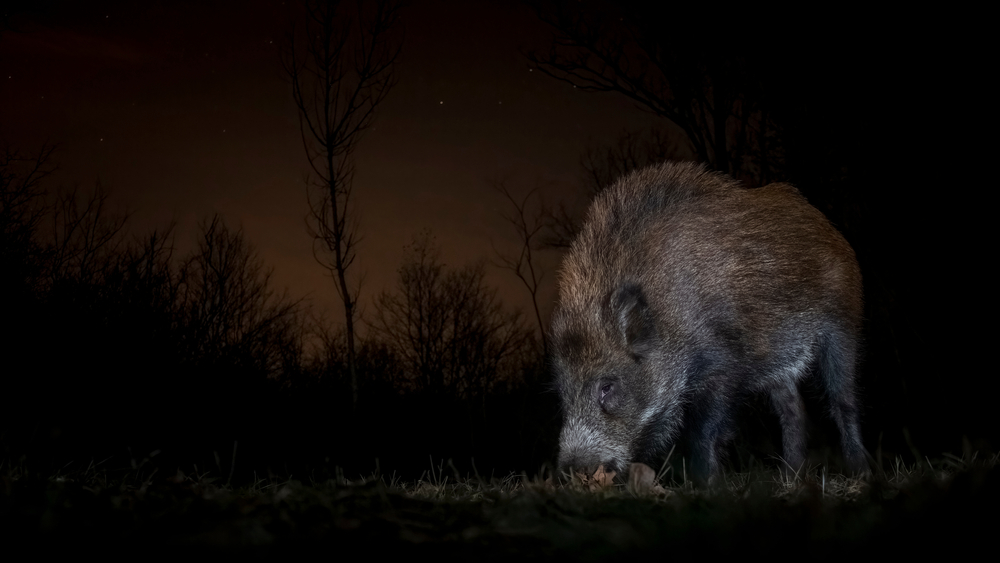
Wild boars are not usually considered predators of humans, but they can be surprisingly aggressive if startled or cornered. These animals are widespread across several continents, known for their strong tusks and robust build. Encounters with humans often occur accidentally, especially in areas where wild boars come into contact with agricultural lands. While they primarily feed on vegetation, their aggressive nature can lead to attacks if they feel threatened.
To minimize the risk of an encounter, people living near wild boar habitats are advised to fence off gardens and keep a safe distance if one is spotted. Educating communities about the behavior and habitats of wild boar can help reduce conflicts. If a wild boar charges, climbing onto a nearby object or tree can provide safety. These animals are a vital part of their ecosystems, and understanding how to coexist with them is essential for both human and wildlife safety.
15. Elephants: Gentle Giants With A Dangerous Side
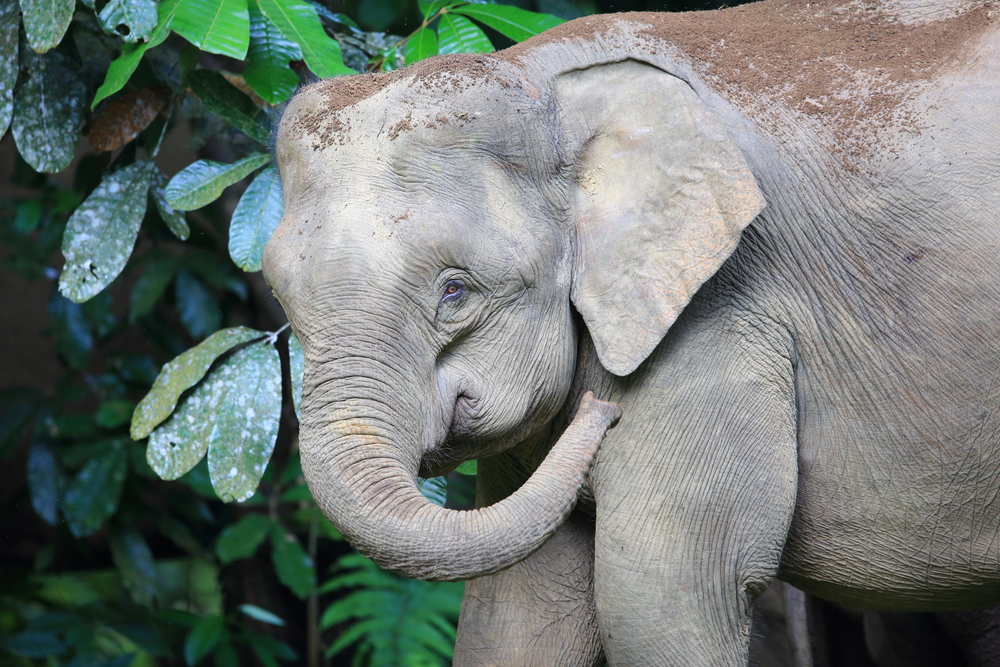
Elephants are often seen as gentle giants, but they can be incredibly dangerous, particularly when provoked or threatened. Human-elephant conflicts are more common in regions where their natural habitats overlap with human settlements. Crop raiding, habitat encroachment, and poaching pressures can lead to aggressive behavior from elephants. Despite their size, elephants can be surprisingly stealthy and fast, making them formidable opponents if they charge.
To reduce conflicts, many communities are now turning to innovative solutions like chili fences and beehive barriers, which deter elephants without harming them. Ensuring that elephants have adequate space and resources in their natural habitats can also help reduce human-elephant encounters. If faced with an aggressive elephant, maintaining a safe distance and retreating calmly is advised. These magnificent creatures are essential to their ecosystems, and with respect and understanding, peaceful coexistence is possible.
